Nov 28 2023
The Threat of Technology
 In my second book (shameless plug alert) – The Skeptics’ Guide to the Future – my coauthors and I try to imagine both the utopian and dystopian versions of the future, brought about by technology, either individually or collectively. This topic has come up multiple times recently on this blog when discussing technology and trust in science and scientists, so I thought it deserved its own discussion.
In my second book (shameless plug alert) – The Skeptics’ Guide to the Future – my coauthors and I try to imagine both the utopian and dystopian versions of the future, brought about by technology, either individually or collectively. This topic has come up multiple times recently on this blog when discussing technology and trust in science and scientists, so I thought it deserved its own discussion.
The overarching point is that science and technology should not be thought of as pure objective good, but rather they are tools, and tools can be used for good or evil. I admit I am a science enthusiast and a technophile, also a bit of an optimist, so when I hear about a new discovery or technology my first thoughts go to all the ways that it might make life better, or at least cooler. I have to remember to consider all the ways in which the technology can also be abused or exploited, which is why we explicitly did this in our futurism book.
So far, on the balance I think science and technology has been an incredible plus to humanity. For most of human existence life was “short, nasty, and brutish.” Science has given us a greater perspective on ourselves and the universe, freeing us from ignorance and superstition. And technology has given us the power to extend our lives, improve our health, and control our environment. It enables us to peer deep into the universe, and see for the first time a microscopic world that was always there but we had no idea existed. It enables us to travel beyond the confines of our planet, and eventually (if we survive) will enable us to be a multi-world, and even multi-system, species.
I do think we have lost touch with how bad life was prior to modern technology. Our period movies, for example, are highly romanticized. A brutally accurate portrayal of life prior to the industrial revolution would show people with horrible dentition ravaged by diseases and living mostly in drudgery. Most people never saw the world beyond their small village. We get a hint of this sometimes, but never the reality.

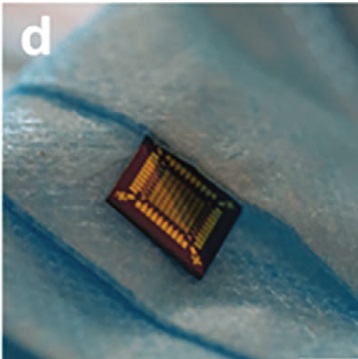 There are several technologies which seem likely to be transformative in the coming decades. Genetic bioengineering gives us the ability to control the basic machinery of life, including ourselves. Artificial intelligence is a suite of active, learning, information tools. Robotics continues its steady advance, and is increasingly reaching into the micro-scale. The world is becoming more and more digital, based upon information, and our ability to translate that information into physical reality is also increasing.
There are several technologies which seem likely to be transformative in the coming decades. Genetic bioengineering gives us the ability to control the basic machinery of life, including ourselves. Artificial intelligence is a suite of active, learning, information tools. Robotics continues its steady advance, and is increasingly reaching into the micro-scale. The world is becoming more and more digital, based upon information, and our ability to translate that information into physical reality is also increasing. The history of aluminum, and what is now happening in the artificial diamond market, may tell us something about a post-scarcity world. Aluminum is the most abundant metal in the Earth’s crust. However, it like to form with other elements and therefore it was very difficulty to purify the metal. In the 1800s methods were discovered for purifying aluminum, but they were slow and expensive, and hence aluminum was scarce and expensive – $16 per pound ($419 in today’s dollars), more expensive than gold at the time. Famously, Napoleon set before his most prestigious guests aluminum cutlery, instead of the less exciting gold cutlery. But then,
The history of aluminum, and what is now happening in the artificial diamond market, may tell us something about a post-scarcity world. Aluminum is the most abundant metal in the Earth’s crust. However, it like to form with other elements and therefore it was very difficulty to purify the metal. In the 1800s methods were discovered for purifying aluminum, but they were slow and expensive, and hence aluminum was scarce and expensive – $16 per pound ($419 in today’s dollars), more expensive than gold at the time. Famously, Napoleon set before his most prestigious guests aluminum cutlery, instead of the less exciting gold cutlery. But then,  This is a bit of a false choice – we can do both, or neither – but it is an important question and a somewhat of a dilemma. Is the optimal path to reductions and eventual elimination of fossil fuel burning through reduced demand or supply? There are some interesting tradeoffs either way, and no perfect answer.
This is a bit of a false choice – we can do both, or neither – but it is an important question and a somewhat of a dilemma. Is the optimal path to reductions and eventual elimination of fossil fuel burning through reduced demand or supply? There are some interesting tradeoffs either way, and no perfect answer.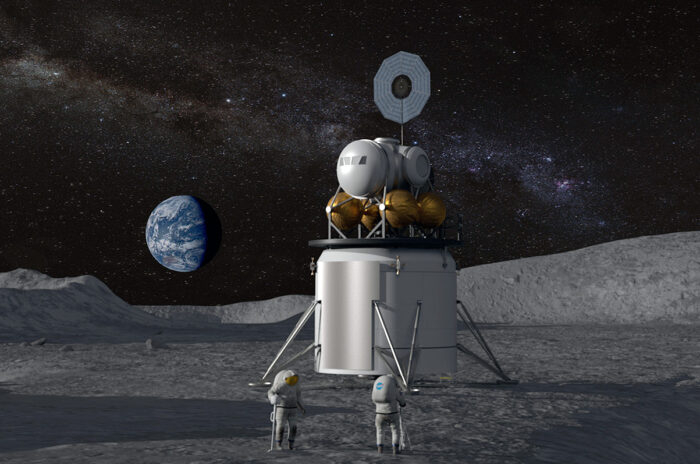 The European Space Agency (ESA) has announced they are developing their own
The European Space Agency (ESA) has announced they are developing their own 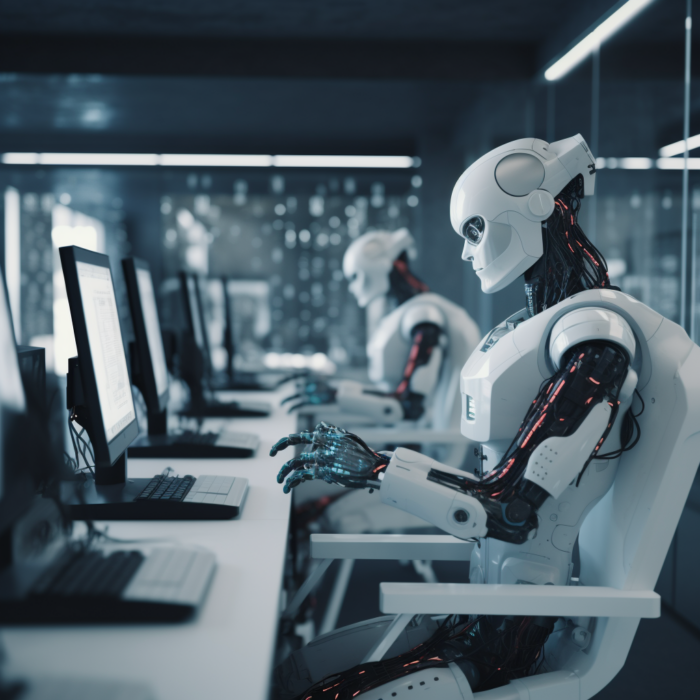 Artificial Intelligence (AI) is coming for your job. This, at least, is increasingly conventional wisdom, but I’m not so sure.
Artificial Intelligence (AI) is coming for your job. This, at least, is increasingly conventional wisdom, but I’m not so sure. 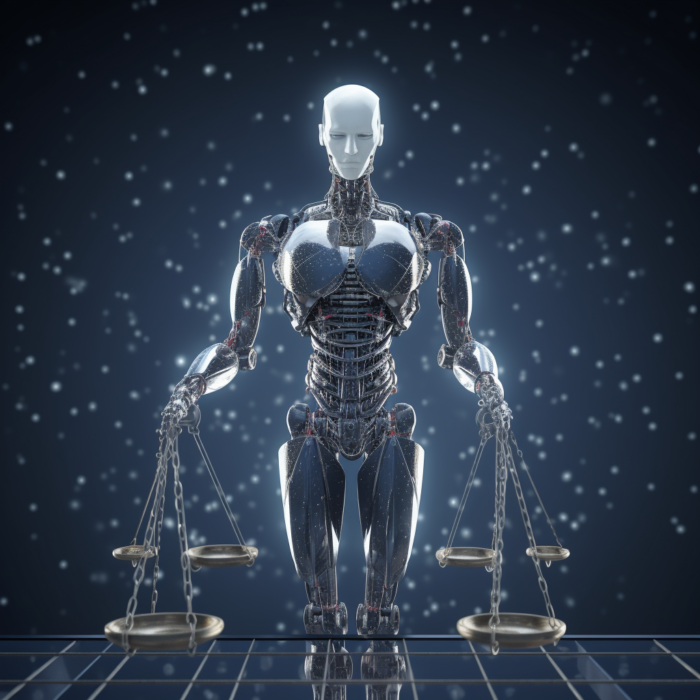 Should an artificial intelligence (AI) be treated like a legal “subject” or agent? That is the question discussed
Should an artificial intelligence (AI) be treated like a legal “subject” or agent? That is the question discussed  It’s pretty clear that we are at an inflection point with adoption of solar power. For the last 18 years in a row, solar PV electricity capacity has increased more (as a percentage increase) than any power source. Solar now accounts for 4.5% of global power generation. Wind generation is at 7.5%, which means wind and solar combined are at 12%. By comparison nuclear is at about 10% generation globally.
It’s pretty clear that we are at an inflection point with adoption of solar power. For the last 18 years in a row, solar PV electricity capacity has increased more (as a percentage increase) than any power source. Solar now accounts for 4.5% of global power generation. Wind generation is at 7.5%, which means wind and solar combined are at 12%. By comparison nuclear is at about 10% generation globally.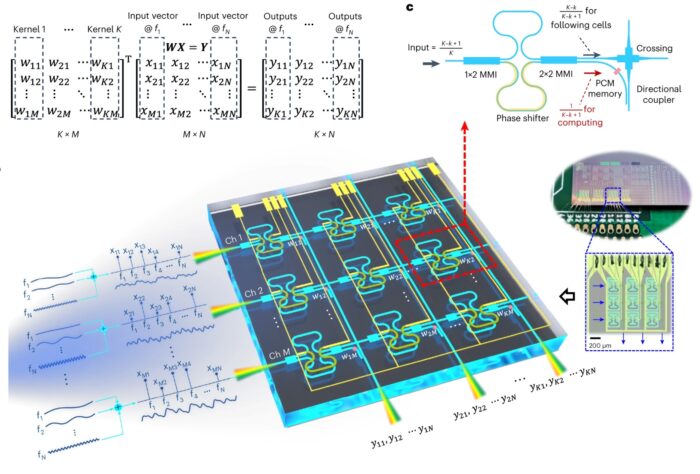 I am of the generation that essentially lived through the introduction and evolution of the personal computer. I have decades of experience as an active user and enthusiast, so I have been able to notice some patterns. One pattern is the relationship between the power of computing hardware and the demands of computing software. For the first couple of decades of personal computers, the capacity and speed of the hardware was definitely the limiting factor in terms of the end-user experience. Software was essentially fit into the available hardware, and as hardware continually improved, software power expanded to fill the available space. The same was true for hard drive capacity – each new drive seemed like a bottomless pit at first, but quickly file size increased to take advantage of the new capacity.
I am of the generation that essentially lived through the introduction and evolution of the personal computer. I have decades of experience as an active user and enthusiast, so I have been able to notice some patterns. One pattern is the relationship between the power of computing hardware and the demands of computing software. For the first couple of decades of personal computers, the capacity and speed of the hardware was definitely the limiting factor in terms of the end-user experience. Software was essentially fit into the available hardware, and as hardware continually improved, software power expanded to fill the available space. The same was true for hard drive capacity – each new drive seemed like a bottomless pit at first, but quickly file size increased to take advantage of the new capacity.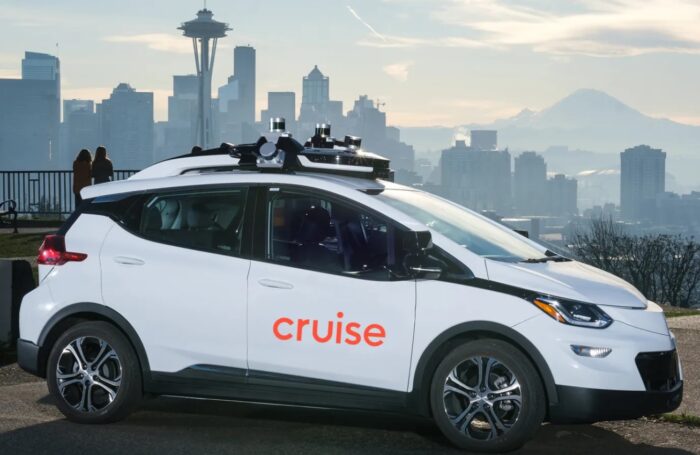 The story has become a classic of failed futurism – driverless or self-driving cars were supposed start taking over the roads as early as 2020. But that didn’t happen – it turned that the last 5% of capability was about as difficult to develop as the first 95%. Around 2015 I visited Google and they were excited about the progress they were making with their self-driving car. They told us, clearly proud of their progress, that they used to measure their technology’s performance in terms of interventions per mile – how many times does the human driver have to grab the wheel to keep on the road. But now their metric was miles per intervention. It seemed plausible at the time that we would get to full self-driving capability by 2020. This is common when trying to predict future technology. We tend to overestimate short term progress, mostly because we extrapolate linearly into the future. But problems are often not linear to solve. Initial rapid progress in self-driving technology turned out to be misleading, and it is taking longer to make it over the final hurdle than originally thought (or at least hyped).
The story has become a classic of failed futurism – driverless or self-driving cars were supposed start taking over the roads as early as 2020. But that didn’t happen – it turned that the last 5% of capability was about as difficult to develop as the first 95%. Around 2015 I visited Google and they were excited about the progress they were making with their self-driving car. They told us, clearly proud of their progress, that they used to measure their technology’s performance in terms of interventions per mile – how many times does the human driver have to grab the wheel to keep on the road. But now their metric was miles per intervention. It seemed plausible at the time that we would get to full self-driving capability by 2020. This is common when trying to predict future technology. We tend to overestimate short term progress, mostly because we extrapolate linearly into the future. But problems are often not linear to solve. Initial rapid progress in self-driving technology turned out to be misleading, and it is taking longer to make it over the final hurdle than originally thought (or at least hyped).




